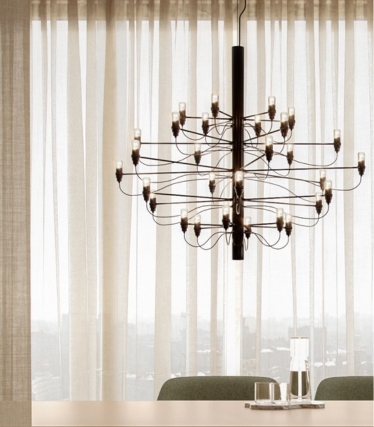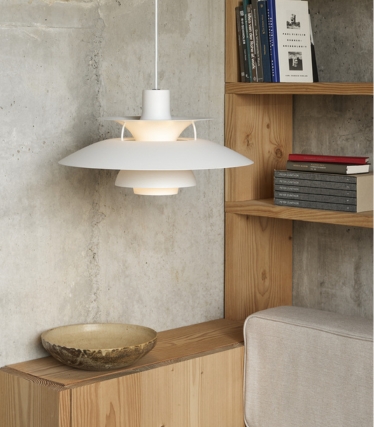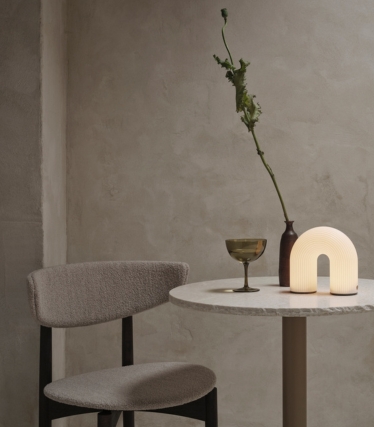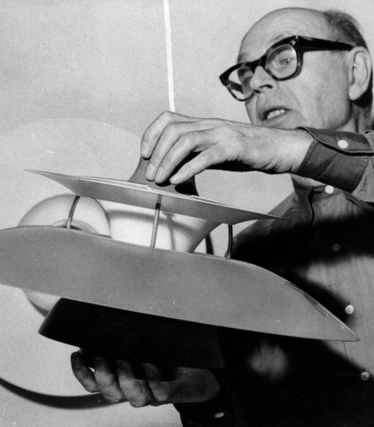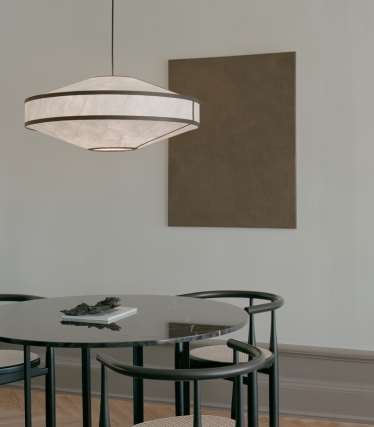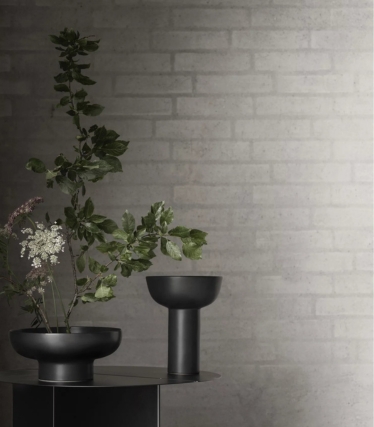Danish design - past and present
)
Danish design is popular like never before! At home and abroad, Danish design is taking the world by storm, and in furniture, accessories, fashion and lamps, Denmark is at the very top! But what's the secret to its success? Are the old classics from the 50s heyday still keeping Denmark at the forefront? Or maybe it's the new up-and-coming brands that have reinvented the Danish design DNA and, with renewal and innovation, ensure that Denmark is among the greats? Let's take a trip back in time and take a closer look at Danish design.
In the post-war period, design, development and production were once again thriving. The war's grip on the world was loosening, and everywhere new initiatives were blossoming and creative forces were coming out of hiding again.
Hans Wegner, Arne Jacobsen and Poul Henningsen are some of the greats from back then, and their designs are still hugely popular today. Back then, the idea was to produce good craftsmanship furniture that was accessible to the general public and durable for many years to come. Classics like the Ant, the Y-chair and the Egg were popular back then, but the designers probably couldn't have imagined how popular they would still be so many years later!
Poul Henningsen designed his first popular PH lamp back in 1926, but it wasn't until the PH5 lamp, produced in 1958, that the PH lamp became a household name. The lamp was an instant success due to its revolutionary shade shapes that created an amazing and unprecedented light! Danish design became synonymous with modernism and functionalism, which was very popular in the post-war period, when renewal and simplicity were in demand. Today, the PH lamps are very popular and hang in countless Danish homes.
Kay Bojesen's well-known, handmade wooden figurines are in most Danish homes today and have also made their way to the rest of the world with their good-natured expressions and high quality! Kaj Bojesen designed the monkey as a hook for the children's room, and since then many more animals and figures have been added to the collection.
Blue and white is not usually synonymous with Denmark, but in this case it is! Royal Copenhagen is insanely popular, and due to beautiful design and high quality, stacks of Royal Copenhagen porcelain are sold around the world!
But back to the lamps! Many great designers from then and now have one or more great design lamps on their CV, and you can read about a few of the greats right here.
)
Insane and bitten by a crazy color palette were just some of the terms used to describe designer Verner Panton to the general public in the early 60s. At a time when designers like Arne Jacobsen and Hans Wegner dominated and used natural materials and simple design, Verner Panton's focus on man-made materials and fast production was unheard of for its time, and Verner Panton's goal of bringing more color to the world was fully achieved.
Verner Panton designed rooms, lamps and furniture - all in the same crazy color scheme and design language. Most famous is the Panton chair, which was the first piece of furniture made from a molded piece and received worldwide acclaim.
The lamps are also a chapter of their own! Verner Panton has designed a wealth of lamps, including Globe, Fun, Panthella, Flowerpot, Moon, Spiral and Wire.
)
Arne Jacobsen was born in 1902 and trained as an architect in 1924. After graduating, he started a new education at the Academy of Fine Arts in Copenhagen in 1927. Arne Jacobsen's thinking was innovative and deeply influenced by his architectural background, and he quickly became one of the young hopefuls at the school.
In the 1930s, Arne Jacobsen really put his name on the map and the whole new style, International Functionalism, was born with Arne Jacobsen at the forefront. In the years to come, Arne Jacobsen designed countless houses in Denmark and abroad, all with the same simple, functionalist and modern expression. Among others, Rødovre City Hall, the National Bank and Aarhus City Hall are all icons designed by Arne Jacobsen.
During the 50s, Arne Jacobsen also threw himself into furniture design and lamps, resulting in the AJ, Royal, Eklipta and Bellevue lamps, among others.
)
One of the new Danish designers is Tom Rossau. Self-taught designer who started his career in the basement of his parents' house in Fårevejle, Denmark. Initially, LEGO and other materials he had on hand were used, but soon a direction took shape and the production of leather clothing began. Tom designed and sewed it himself, which led to the opening of a store in 1997 in Copenhagen. After a few years, it wasn't just leather clothing that was designed in the store, and lamps were also added to the collection.
Since 2004, Tom has been working primarily with natural wood veneer, resulting in some beautiful lamps! Initially, these lamps were only available in the old store on Istedgade in Copenhagen, but in 2006 TR4, TR5, TR6 and TR7 were introduced to a wider audience at the Copenhagen Furniture Fair, where TR7 received the "Audience Favorite Award".
)
he design company Normann Copenhagen was established in 1999 by Jan Andersen and Poul Madsen. The company is based in Østerbro in Copenhagen and designs furniture, textiles, lamps and home accessories. The company started small with a few products, but after the financial crisis, the two owners realized that the range needed to be expanded, so Normann Copenhagen became more prominent in the stores.
From a $20 can opener to a $24,000 sofa. - The range is wide and there is something for everyone. Normann is also very big in lamp design and with the Amp, Bell, Norm 69 and Ikano lamps has made its name in the world of designer lamps.
Danish design still manages to surprise and stay at the top in furniture, lighting and architecture, which is why the "Made in Denmark" brand is something to be proud of and is experiencing great growth! Both the old classics and the new design talents have done and continue to do crazy well, and the future looks bright - Danish Design is and always has been a sure winner!
